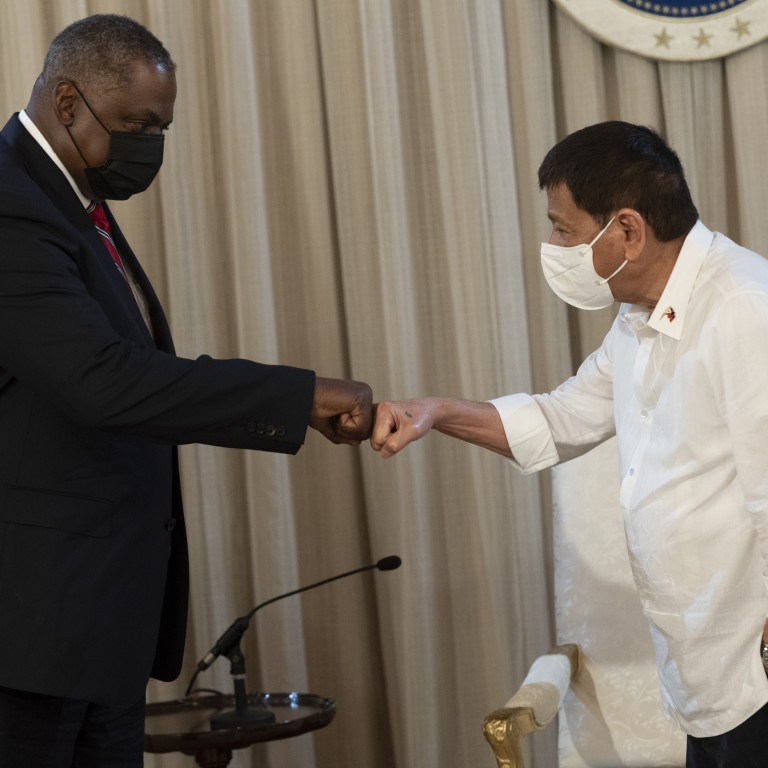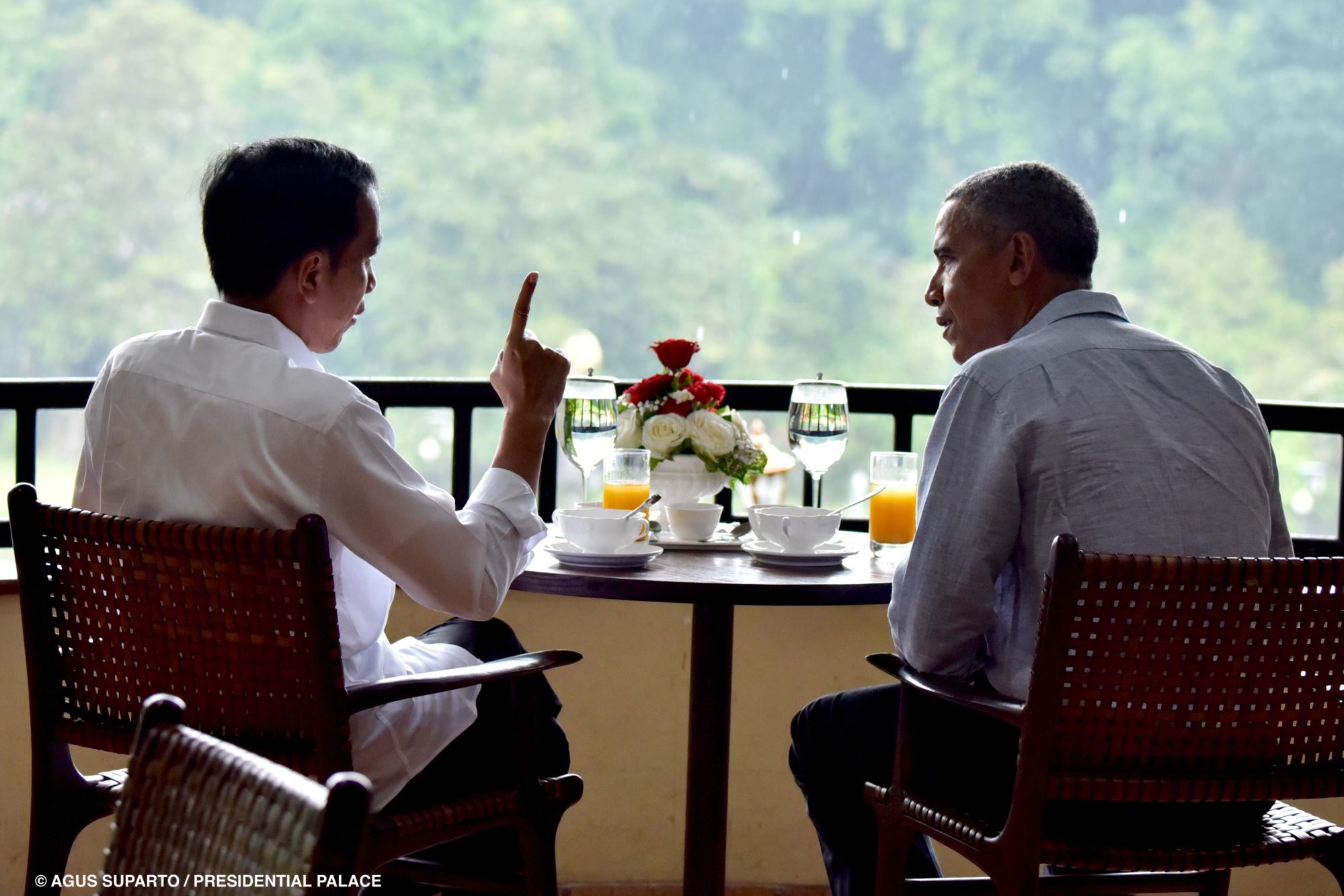
Austin’s Southeast Asian tour shows a better way for the US to counter China
- After over a decade of neglect, US defence secretary Lloyd Austin struck the right note in promoting relations with Southeast Asia for their own sake, rather than denouncing China at every turn
For its part, Beijing showed itself eager to complain and equally bereft of ideas and initiatives to change the narrative.
In both rhetoric and action, Austin put America in a better position to balance China in the competition for influence there.
To understand the potential importance of these developments, it pays to look back at the sorrowful record of the past few decades. In the early 1990s, Southeast Asia enjoyed a boom in interest, especially from America. The best hotels were filled with investment bankers eager to cash in on the region’s promise as a manufacturing hub and growing market.
The boom went bust in 1997, in the aftermath of the Asian financial crisis. In the ensuing clean-up, Washington looked churlish and unhelpful, and Beijing scored points by modestly offering support for the region’s central banks, well before China’s economic take-off in the next decade and a half.
When George W. Bush was elected, he emphasised strategic competition with China, and it looked as if Asean would benefit from greater attention. But that hope proved short-lived after September 11 and Washington’s attention turned fully towards countering terrorism. For Southeast Asia, that meant reduced participation by Americans in regional diplomatic and other activities, and lectures about terrorism when they managed to show up.

Trump also had an early, apparently staff-driven impulse to engage the region’s leaders, which they duly appreciated. But by the end of his term, the early attention had become outright disregard. Major meetings were attended not by America’s leaders, but by their horse holders. In Asean, where showing up counts for more than most, the US was running yet another deficit.
Austin in Manila would be a good lesson for American officials to study. There is substantial goodwill still in the Philippines for the US. Washington would be smart to restore the tradition of strong representation there to remind friendly Filipinos that the Chinese do not have the only game in town.
Douglas H. Paal is a non-resident scholar at the Carnegie Endowment for International Peace

